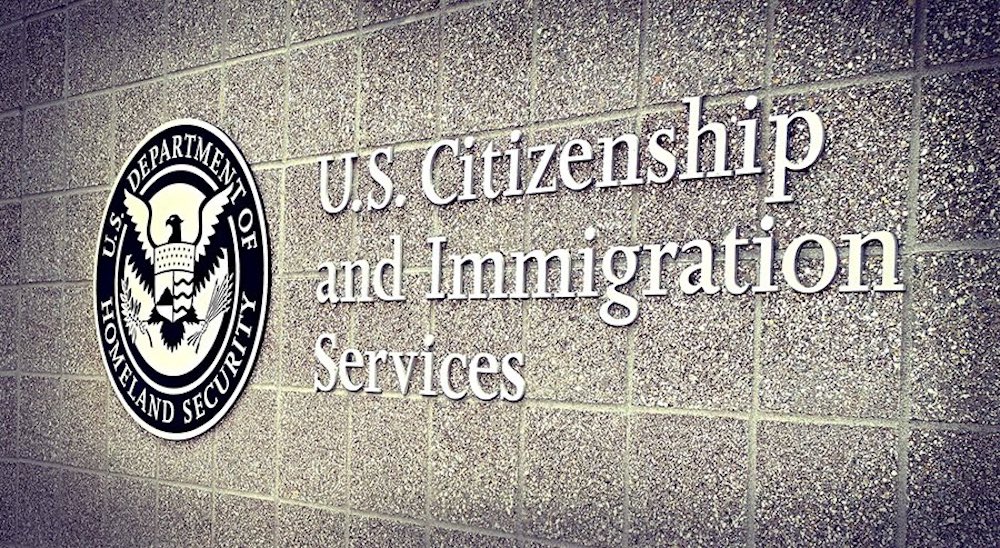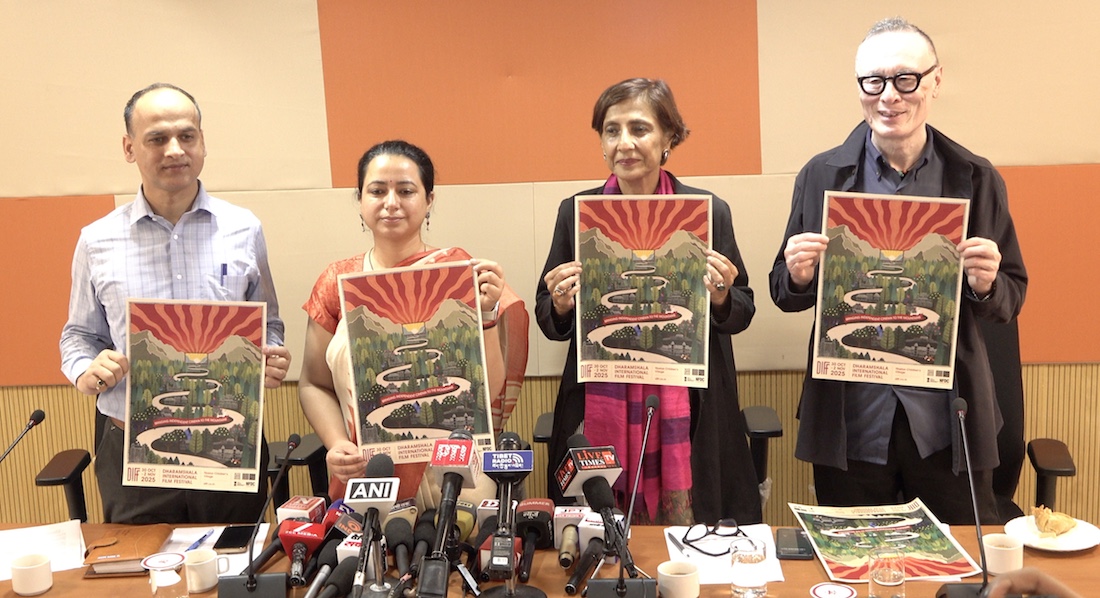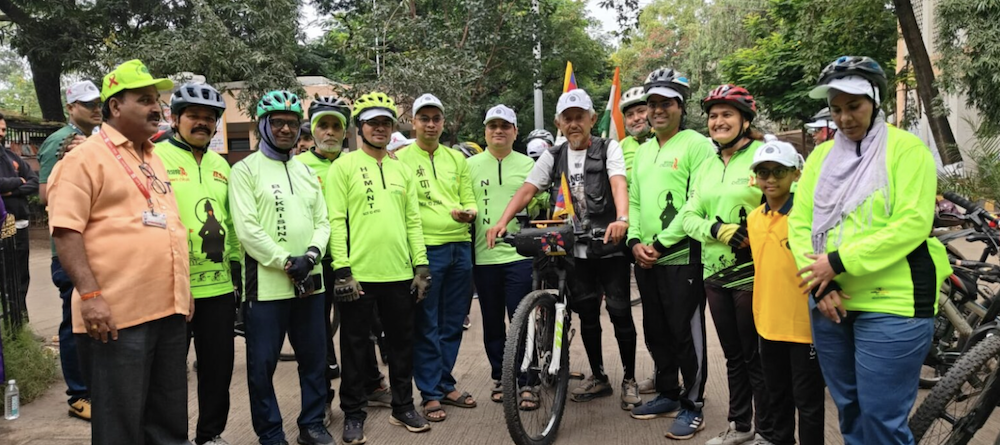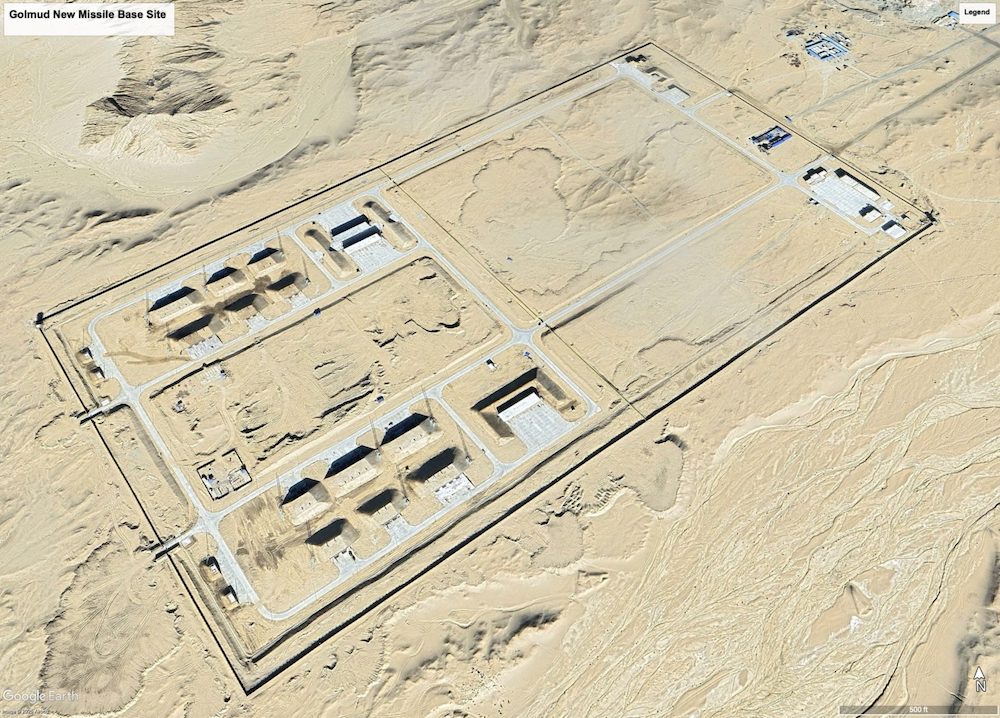By Zarir Hussain
 GUWAHATI, India July 30 – Rugged traders finally allowed to cross a snowy Silk Road mountain pass between India and China that opened three weeks ago after a gap of 44 years now face a bigger hurdle – bureaucrats.
GUWAHATI, India July 30 – Rugged traders finally allowed to cross a snowy Silk Road mountain pass between India and China that opened three weeks ago after a gap of 44 years now face a bigger hurdle – bureaucrats.
From quality permits for yak pelts to appropriate document stamps and special code permits and the amount of cash they can carry, strict rules have dimmed hopes for booming trade across the roof of the world.
Many Indian traders said securing the license that allows Chinese and Indians to cross a rusty barbed wire marker at the border without a passport was the easiest part.
“There was great hype at the start and we all thought there was big money,” Indian trader Rajiv Thapa said. “But there are so many rules to trading that after spending so much time and money to trade, we make little in return.”
India and China on July 6 re-opened trade across the 15,000-feet (4,545-metre) Nathu La Pass, east of Sikkim’s capital Gangtok, as part of a broader rapproachment. The move marked the first direct trade link between the nuclear-armed neighbours since a bitter border war in 1962.
The re-opening of the pass comes as trade has surged between the neighbours with their combined consumer market of 2.3 billion people. Bilateral trade grew by 37.5 percent to hit 18.73 billion dollars last year, according to Chinese data.
Increased trade across the pass was expected to boost that figure, but the political will to mend fences has not been passed down to those who mind the rules, traders say.
“The hype over the border trade has already fizzled,” said trader R. Lepcha who complained that officials have thrown up a series of rules that make it almost impossible to make money.
Trade now takes places four days a week — Monday to Thursday — beginning June 1 each year and lasting until September 30 when snow makes the area impassable.
Dollars only
The two countries have controlled currency regimes with the Chinese fixing the exchange rate against floating currencies and the rupee only partially convertible. That has led customs officers on both sides to insist that trade be conducted only in dollars.
“The State Bank of India allows a maximum of 500 US dollars to an Indian trader to buy Chinese goods at the trade mart. I dont think a trader can do business with just 500 US dollars,” Sikkim Chamber of Commerce President S.K. Sarda told AFP.
It is all a far cry from the barter system used for centuries between the Tibetan region now controlled by China and the former independent kingdom of Sikkim. But some things have remained the same.
“The Chinese know we’re stuck and haggle for a better bargain and at times we sell at a lesser price to complete the deal rather than go home with our goods,” said T. Sherpa, an Indian trader.
Many of the traders claim Indian customs were out to stymie them from the start, Sarda said.
Customs officers denied permission to sell bulk items like world famous Darjeeling tea at the Chinese bazaar of Renqinggang, 17 kilometers (ten miles) from Nathu La without a special Import-Export Code (IEC).
Most of the Indian traders come from the eastern state of Sikkim which borders India’s main tea growing state of Assam.
But customs retreated slightly after protests.
Now, individuals who want to sell small quantities of goods like tea are allowed to cross without an IEC, but they can only sell, not buy, on the other side of the border.
“Traders from Sikkim are now exempted from the Import-Export Code. Now each trader is allowed to take goods worth 25,000 rupees (543 dollars) across the border every day,” Saman Prasad Subba, Sikkim’s Director of Industries and Commerce, told AFP by telephone.
Still, two-way trade has been slow, with eight to 10 Chinese traders crossing four times a week to the bazaar of Sherathang, five kilometers below the pass on the Indian side and an equal number heading to Tibet on the Chinese side.
Another problem for both sides is the language barrier.
“The biggest problem is language as we have to use signs and gestures to communicate with the Chinese,” said R. Sonam, an Indian trader.
Chinese traders face a different problem, accounting for why so few have crossed the border, officials say.
They are not allowed to sell the goods they wish to because Indian officials have no way to certify their quality.
“We’re unable to allow Chinese traders to bring in items like yak pelts and raw silk because they require quality certificates. Efforts are on to set up facilities to grade the items so they can trade,” Subba said.
Under the deal to open the pass, 44 items were approved for import from China such as silk and yak pelts and horses while India could export 29 items from textiles to tea, barley and herbs.









